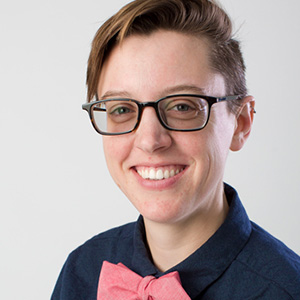Meet the 2024 SOC grant awardees
Illuminating the human transcriptome. Creating a genetic masterpiece. Investigating GMOs for a safer plate. Hosting a molecular world science fair. Using science communication to talk about medications. The American Society of Biochemistry and Molecular Biology 2024 Science Outreach and Communication grants will go to these five projects.
Each grant supplies up to $1,000 for a new or existing public engagement activity to promote a molecular understanding of life. Recipients are chosen by the ASBMB Science Outreach and Communication Committee, whose mission is to expand the effectiveness of inclusive and accessible science outreach and communication activities.
Since the grant’s 2021 inception, the committee has received 87 applications. This year, we recruited past awardees to participate in and enhance the review process. Over three cycles of funding, we have awarded grants to undergraduates, graduate students and assistant and associate professors across the U.S. and in Nigeria.
The committee aims to award grants that benefit underresourced student groups. Successful applications include a thorough description of the project as well as information about the target population.
Here are this year’s projects and recipients:
Investigating GMOs for a safer plate
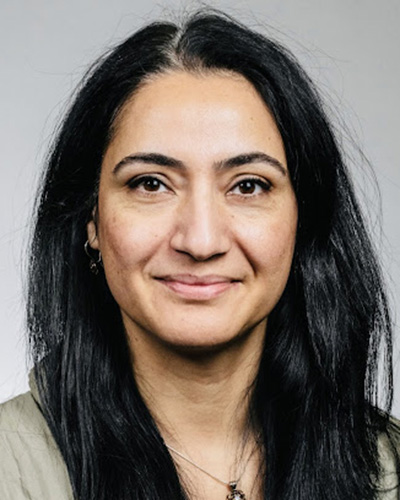
Irfana Muqbil, assistant professor of biochemistry, Lawrence Technological University
Making science accessible for people of different backgrounds, especially young women, is at the core of this project. Designed to overlap with Women’s History Month, “Investigating GMOs for a safer plate” brings essential biology techniques such as polymerase chain reaction and gel electrophoresis to local high school students. Students will learn about genetically modified organisms, or GMOs, then select a familiar food item, extract DNA from that food and perform PCR and gel electrophoresis to detect the presence or absence of a particular type of genetic modification. Students will then discuss the ethics of and misconceptions and concerns about GMOs.
This project is offered with Racquet Up Detroit, a local nonprofit educational organization that serves adolescents who may face various barriers including socioeconomic challenges. The activity is tailored to foster students’ interest in science, technology, engineering and mathematics fields.
“By focusing on this group, we aim to bridge the educational gap and offer opportunities that might not be readily available to them,” Muqbil said.
The ASBMB grant provides funds to purchase food items, experiment supplies and “I Believe in Science” pins for participants.
Glass half full or empty: Illuminating the human transcriptome
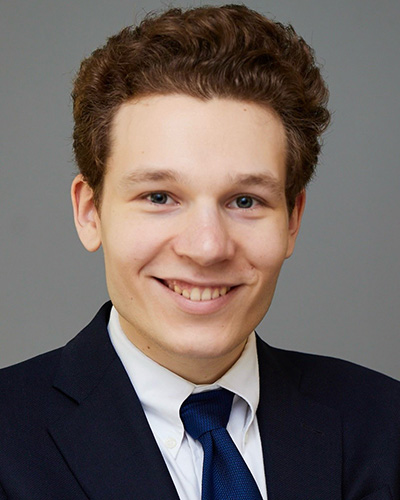
Theodore Nelson, undergraduate student, Columbia University
Undergraduate student scientists from Columbia University mentor underserved New York City high school students in an eight-week lab experience investigating novel RNA transcripts. The high school students perform their own novel research project using long-read RNA-sequencing data.
The course includes both wet and dry lab components, teaching participants aspects of the central dogma of molecular biology, primer design, polymerase chain reaction, gel electrophoresis and sequencing. At the end of the program, the high school students create a poster of their work, which they present to biological science undergraduates, graduate students and faculty. The course has been offered every semester beginning in fall 2022 and has been completed by almost 80 students.
Outreach programs at Columbia provide connections with local high schools, including the Zuckerman Mind and Brain program, the School of Engineering and Applied Science Engineering Outreach Office and Columbia’s Double Discovery Center. Community partners are verified as underserved based on publicly available district information.
The program uses an active learning approach, and participants are treated as researchers. This "emphasizes the independence of the student in exploring within the field of research," Nelson said.
The ASBMB grant provides funds to purchase materials for the spring 2024 program.
Science communication: Now let’s discuss medications
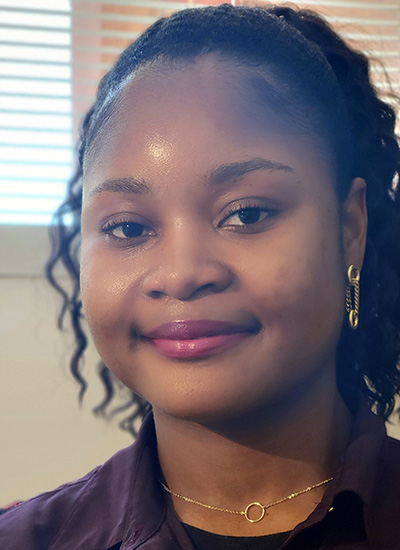
Amarachukwu Onoh, graduate student, Clemson University
Designing a new drug is a complex process. “Misconceptions about new therapeutics tend to flourish when people know little or nothing about bioscience,” Onoh said.
This program is designed to engage undergraduate students in the process of drug discovery, providing an educational experience that includes a keynote speech and hands-on learning to introduce drug-target interactions using simulations of molecular docking. The event ends with a science challenge, with prizes awarded.
In collaboration with the nongovernmental organization Africa of Our Dream Initiative, which Onoh facilitates, this one-day event reaches up to 200 undergraduates from the University of Nigeria. The program is open to students with any major or academic background. The goal is to enhance scientific literacy and appreciation of bioresearch. At the end of the day, each participant receives a certification of completion.
“Given that Nigeria is a developing country with a low level of scientific literacy, the country needs science outreach programs designed to inform the populace about science, especially biochemical science,” Onoh said. “We desire to contribute towards raising a generation of future leaders who are science literate and appreciate scientific research.”
The ASBMB grant provides funds for basic infrastructure such as internet, projector and sound equipment, as well as awards for speakers and funds for advertising the event.
A genetic masterpiece
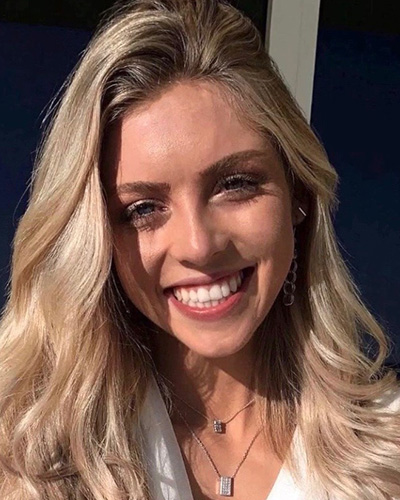
Natalie Reece, graduate of the University of Tampa
This project aims to share the excitement of science and the basis of life with middle school students. “A genetic masterpiece” will begin with an explanation of the structure and function of DNA, then compare genetic traits such as tongue rolling and detached earlobes. Students will do a hands-on experiment to extract and precipitate their cheek cell DNA and create a helix-shaped necklace holding a bottle of their own DNA.
This program will be offered to seventh grade students at Destin Middle School, which has a minority enrollment of 21% as reported by the National Center for Education Statistics. The school has limited time allocated for life science education, and according to the Florida Department of Education, 49% of Destin Middle School fifth graders scored below proficiency on the state’s 2022 Statewide Science Assessment. This program aims to boost students’ understanding of and excitement about molecular biology by giving them a unique hands-on experience. The seventh-grade curriculum includes a unit on heredity, so this activity fits nicely into the existing curriculum — and also lands on National DNA Day, April 25.
According to Reece, “Participation in ‘A Genetic Masterpiece’ allows students to broaden their understanding of scientific concepts beyond classroom limitations and aids in developing a strong foundation in basic science principles essential for success in advanced coursework.”
The ASBMB grant provides funds to purchase materials and safety supplies needed for the experiment.
Molecular world science fair
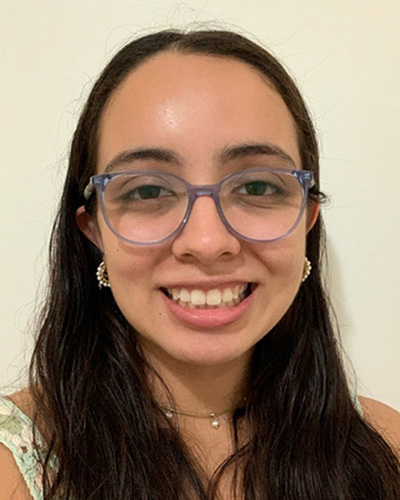
Alexa Veliz Rios, undergraduate student, Mount Holyoke College
“We believe that curiosity is fundamental in education,” Rios said.
To engage that curiosity in a young audience, this project is a collaboration between local libraries and the Mount Holyoke biochemistry and biology department. At the libraries, children read and engage with science books, earning stamps in a “molecular passport” for each book they read. Once a child earns 10 stamps, they are invited to the “Molecular World Science Fair” at Mount Holyoke.
The fair showcases research by Mount Holyoke undergraduates and includes hands-on activities such as a petri dish contest, lab scavenger hunts, science trivia and making slime. The presenters are guided to be careful to use language the audience can understand.
The undergraduates will demonstrate more than research, according to Rios. “As BIPOC first-generation students coming from distinct backgrounds, we believe that representation is important and therefore want to show children that science is diverse and that there is a space for us in the field,” she said.
This project also helps undergraduate students practice good science communication skills as they learn how to describe complex topics in simple terms.
The ASBMB grant provides funds for snacks for the fair and allows the students to rent equipment such as tables, microphones and speakers.
Details
Applications for the next round of ASBMB Science Outreach and Communication Grants will be accepted starting in September. Read more here.
Enjoy reading ASBMB Today?
Become a member to receive the print edition four times a year and the digital edition monthly.
Learn moreGet the latest from ASBMB Today
Enter your email address, and we’ll send you a weekly email with recent articles, interviews and more.
Latest in Education
Education highlights or most popular articles

Summer research spotlight
The 2025 Undergraduate Research Award recipients share results and insights from their lab experiences.

Debugging my code and teaching with ChatGPT
AI tools like ChatGPT have changed the way an assistant professor teaches and does research. But, he asserts that real growth still comes from struggle, and educators must help students use AI wisely — as scaffolds, not shortcuts.

How AlphaFold transformed my classroom into a research lab
A high school science teacher reflects on how AI-integrated technologies help her students ponder realistic research questions with hands-on learning.

Writing with AI turns chaos into clarity
Associate professor shares how generative AI, used as a creative whiteboard, helps scientists refine ideas, structure complexity and sharpen clarity — transforming the messy process of discovery into compelling science writing.
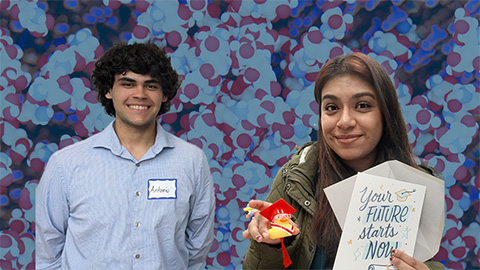
How undergrad research catalyzes scientific careers
Undergraduate research doesn’t just teach lab skills, it transforms scientists. For Antonio Rivera and Julissa Cruz–Bautista, joining a lab became a turning point, fostering critical thinking, persistence and research identity.

Talk nerdy to me: Communicating research that matters
Master science communication: learn to engage the public, work with the press and explore new careers — from consulting to media — through ASBMB’s Art of Science Communication course.

